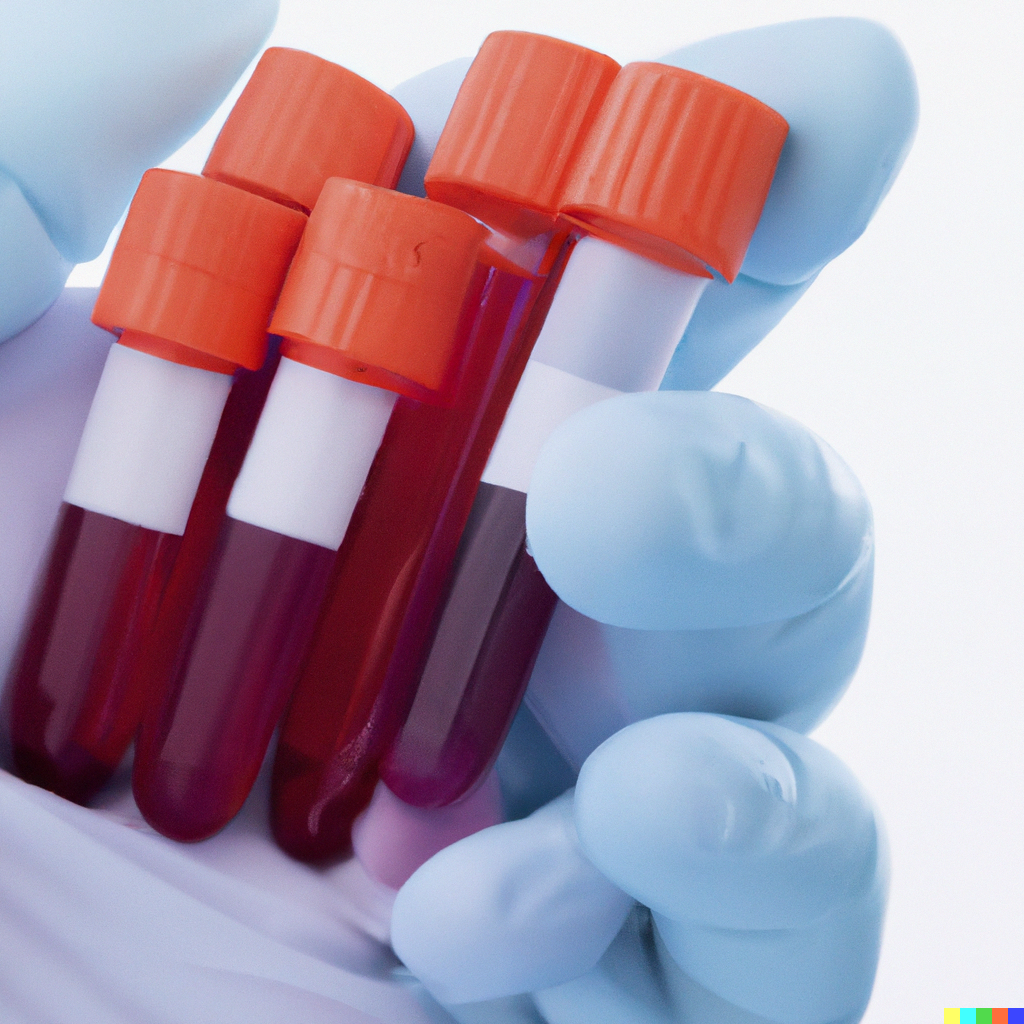
H3-A6 blood collection sequence according to the 2019 US CLSI.
1. Blood culture tube or bottle.
2. Sodium citrate tube (blue top, black top).
3. Serum separation tube, with clot activator or gel (red top, yellow top).
4. Heparin tube, with or without gel (green top).
5. EDTA tube, with or without gel (purple top).
6. Glucose Tube (gray top).
Note 1: Collection tubes for molecular assays should be placed before the heparin tube to avoid possible heparin contamination causing inhibition of PCR reactions.
Note 2: Blood collection tubes used for trace element testing are advisable to fully consider whether the additives in the pre-collection tubes contain the trace elements being tested and to collect them separately if necessary.
Normally, a straight-needle vacuum collection is used for collecting aerobic and anaerobic blood cultures, and the aerobic vial should be the first vial.
Suppose a butterfly needle is used for collection. In that case, the aerobic vial should also be the first vial when the air in the butterfly needle connection tube is introduced into the aerobic vial.
However, if a syringe is used for collection, the anaerobic bottle should be the first. Because when the blood in the syringe is injected into the blood culture bottle, the air bubbles will rise because the air is light this time, the possibility of gas in the blood at the top of the syringe is high. The introduction of oxygen into the anaerobic bottle should be avoided.
There are many problems with the blood collection process.
For example, in patients with poor venous conditions or children with insufficient blood collection, the blood collector may have to take into account various issues, such as the oxygenated vial first and then the anaerobic vial and the order of the vacuum blood collection tubes may have to take into account the blue and black sodium citrate tubes first because the ratio of blood volume to anticoagulant in these two tubes is critical and affects the accuracy of the results.
The "classic misconceptions" about blood draws.

1. Can't you drink water before the blood draw?
There is no need to prohibit water for a blood draw deliberately. You can drink a small amount of water the morning of the blood draw and the night before. When you are thirsty, you can drink a few mouthfuls of water each time (50 to 100 ml); as long as you do not flood the water, drinking a few hundred milliliters at a time is okay. After all, water is drunk and can be excreted through urine.
2. Loss of blood by drawing blood?
Although several tubes of blood are drawn, each tube is only 3 to 5 ml, and the general medical examination adds up to less than 20 ml. The normal human body has an average of 4,000 ml of blood, regenerating automatically and soon recovering itself.
Some suggestions on blood collection.
1. Fasting after 8:00 p.m.
The day before the blood draw should fast after eight o'clock in the evening;
avoid drinking a lot of alcohol, as the alcohol content of the blood will directly lead to higher or lower results;
before the blood draw to check the lipids, it is best not to eat food containing too much fat;
before the cholesterol check, eat fewer eggs,
these can affect the blood composition, resulting in a "miscalculation".
2. Don't do strenuous exercise in the morning
The night before the blood draw should be sufficient sleep, should not do strenuous exercise in the morning.
Because strenuous exercise can make alanine aminotransferase (ALT), aspartate aminotransferase (AST), and other momentary increases, but also can cause changes in the blood potassium, sodium, blood sugar, and other components, affecting the measurement results.
3. Fatigue can affect the results
It is not advisable to be too tired before the blood draw, which can increase white blood cells.
4. Fear makes blood collection difficult
Blood sampling should be relaxed because fear can cause vasoconstriction and increase the difficulty of blood collection.
5. Don't rub the "wound" after the blood draw
After the blood is drawn, immediately release your fist and apply local pressure at the needle hole for 3 to 5 minutes while relaxing the upper sleeve to help stop the bleeding.
Do not rub the puncture site to avoid bruising and infection.
It is worth noting that the body quality of each person varies; the elderly or those who tend to bleed should extend the pressure time, although sometimes the skin surface does not seem to bleed, may not be completely hemostatic, and the blood seepage to the subcutaneous bruising.
6. Warm towels can relieve bruising
If bruising occurs, apply a warm towel with wet compresses 24 hours after the blood draw to improve local blood circulation and promote bruising dissipation. Generally, the body will slowly absorb subcutaneous bruising, which takes about two weeks.